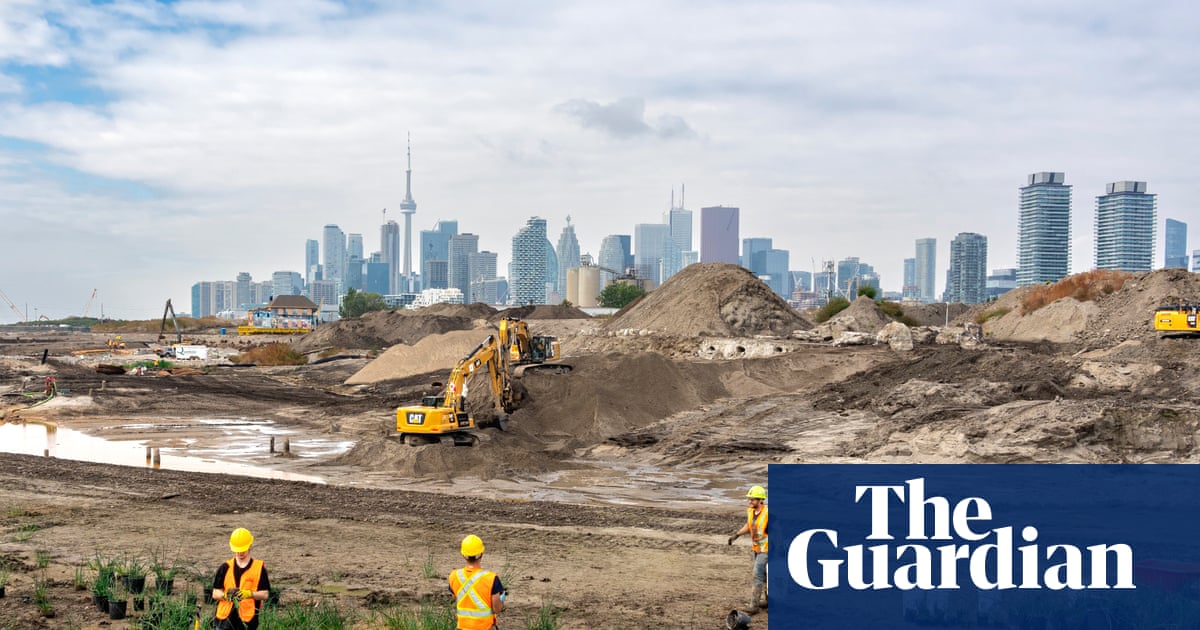When Shelby Riskin was handed disk-shaped samples of century-old soil from Toronto’s waterfront, the ecosystem ecologist was hopeful she might find trace evidence of plants – cattails, bulrushes, water lilies and irises – that had once…
Creatures buried in soil for over a century burst back to life in Toronto waterfront | Toronto
